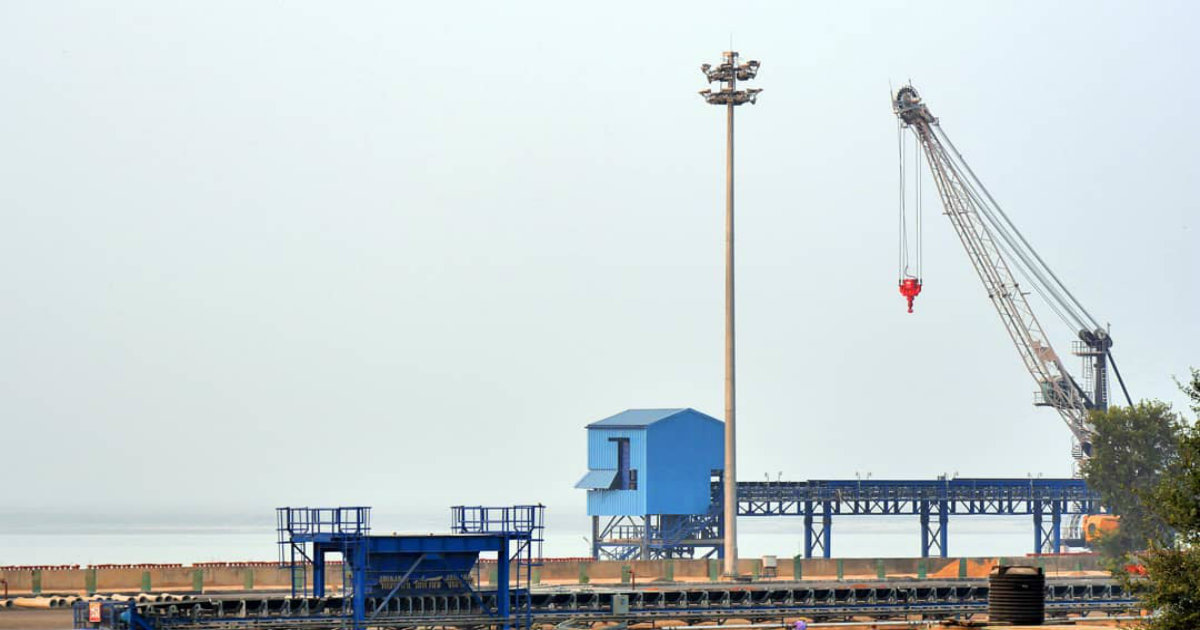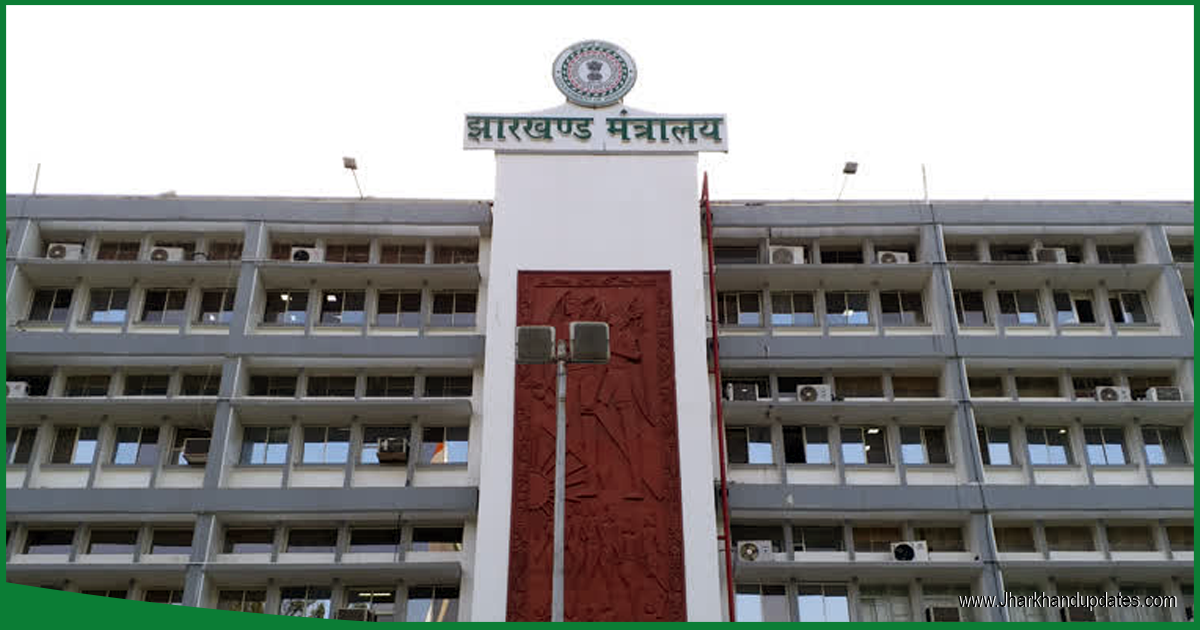Rotterdam dubbed ‘The Gateway to Europe’ due to its port located in Nieuwe Mass river, along with the Rhine-Meuse-Sheldt rivers, giving waterway access to heart of Western Europe. It plays a crucial part in the region’s economy—moving goods, fuel and people through the region easily and efficiently. The Ganges in India also plays a similar role and Sahibganj in Jharkhand, which is close to the infamous Siliguri corridor on the banks of the Ganga, could transform the river it into a transit-hub for goods, energy and people, to and from eastern part of India, Nepal, Bhutan and Bangladesh.
The strategic location has garnered attention from the Inland Waterways Authority of India (IWAI) which built India’s second riverine Multi Modal terminal (MMT) at Sahibganj district, inaugurated by Prime Minister Narendra Modi inaugurated in September 2019. The terminal was built by L&T at a cost of Rs 290 crore. Industries in North-east states, Jharkhand and Bihar will have access to the global market with the MMT, rail and a new road network and provide Indo-Nepal cargo connectivity through the waterways route. Transportation of coal, oil tankers, stone chips, fertilisers, cement and sugar along National Waterway-1 could become easier.
Sahibganj was chosen in NITI Aayog’s ‘The Transformation of Aspirational Districts Program’ which aims to expeditiously transform 117 districts identified from across 28 states, in a transparent and data based manner. The initiative focuses on strengths of the district, identifying attainable outcomes for immediate improvement, while measuring progress, with best practices and ranking the select districts with live public data. Sahibganj achieved overall No.1 delta rank for two consecutive months in January and February this year. Though its literacy rate in just 53 percent, it has a five-star rated school with model parliament. Ranking 11th in Agriculture improvement, work-shops for financial literacy have seen increased attendance, with everyone in the district getting their bank accounts.
However Sahibganj, would need to overcome a number of unique challenges to reach its potential. Even though cooking is still mainly done on coal, local transport is dominated by electric rickshaws. Skill development though remains a challenge. The district need to work to improve network access, literacy and building last mile connectivity.






